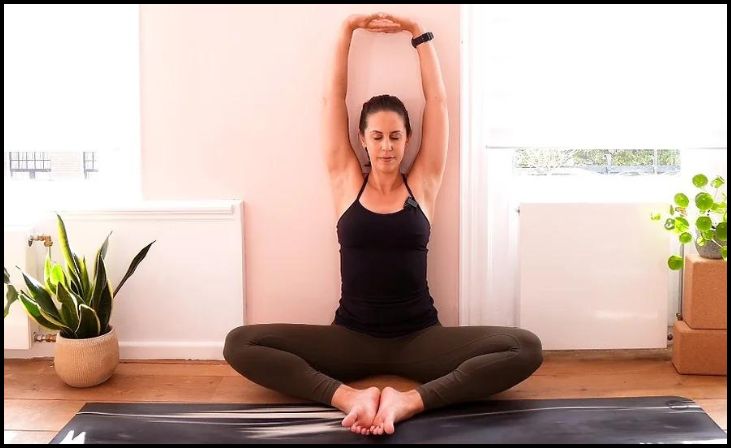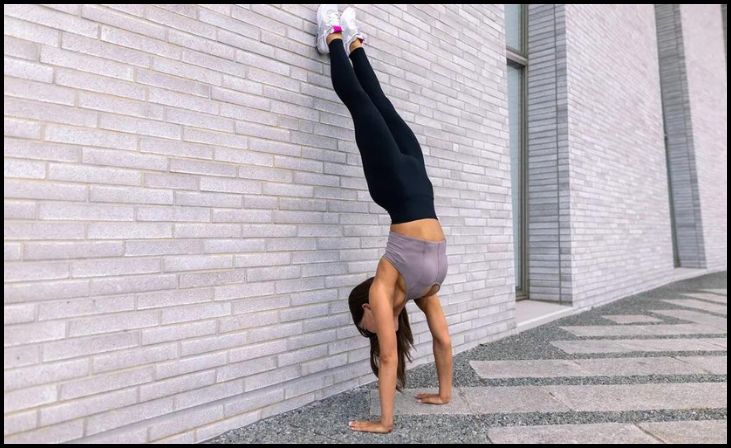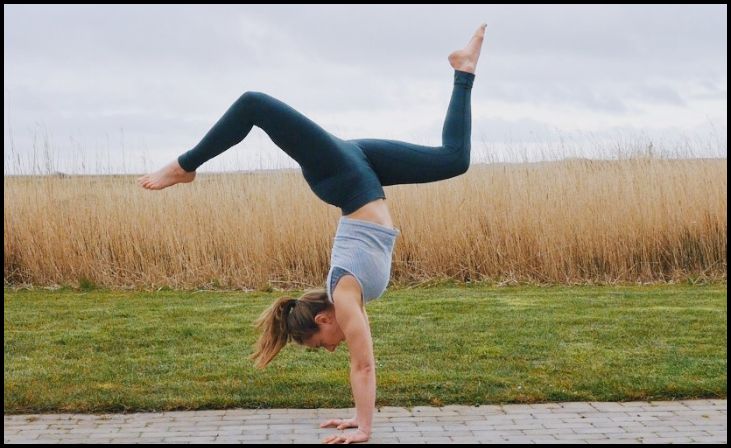Mastering a basic handstand is a goal that many aspire to achieve. Not only does it require strength and balance, but it also demands focus and determination. However, with the right approach and consistent practice, anyone can learn to perform a solid handstand. In this blog post, we’ll explore nine key moves that can help you on your journey to mastering a basic handstand.
1. Strengthen Your Core with Planks
Core strength is essential for maintaining stability during a handstand. Incorporate plank variations into your routine, such as forearm planks, side planks, and plank rotations. Aim to hold each plank for at least 30 seconds to build endurance and stability in your core muscles.
2. Practice Against a Wall

Start by practicing handstands against a wall to build confidence and improve your form. Place your hands shoulder-width apart on the floor, kick up with one leg, and use the wall for support as you find your balance. Focus on keeping your body straight and engaging your core throughout the movement.
3. Work on Shoulder Mobility
Good shoulder mobility is crucial for a successful handstand. Incorporate exercises like shoulder circles, wall slides, and shoulder stretches into your warm-up routine to improve flexibility and range of motion in your shoulders.
4. Strengthen Your Wrists
Handstands put a lot of pressure on your wrists, so it’s important to strengthen them to prevent injuries. Perform wrist strengthening exercises such as wrist curls, wrist rotations, and wrist stretches to improve wrist stability and flexibility.
5. Develop Upper Body Strength

Building strength in your arms, shoulders, and upper back will make it easier to control your body weight during a handstand. Include exercises like push-ups, shoulder presses, and pull-ups in your strength training regimen to develop the necessary upper body strength.
6. Focus on Balance with Yoga Pose
Yoga poses that focus on balance, such as tree pose, warrior III, and eagle pose, can help improve your overall balance and stability, making it easier to hold a handstand. Practice these poses regularly to enhance your body awareness and balance control.
7. Improve Hip Flexibility
Flexible hips are essential for achieving a straight line in your handstand. Incorporate hip-opening stretches like lunges, pigeon pose, and butterfly stretch into your stretching routine to improve hip flexibility and range of motion.
8. Practice Kick-Ups

Kick-ups are a great way to practice kicking up into a handstand without relying on a wall for support. Start in a lunge position with your hands on the floor, then kick your back leg up while engaging your core to lift your hips overhead into a handstand position. Focus on controlling the movement and finding your balance.
9. Stay Consistent and Patient
Mastering a handstand takes time and patience, so stay consistent with your practice and don’t get discouraged if progress feels slow. Celebrate small victories along the way and trust in your ability to improve with dedication and persistence.
By incorporating these nine moves into your training routine and staying committed to your practice, you’ll be well on your way to mastering a basic handstand. Remember to focus on proper form, build strength and flexibility, and most importantly, enjoy the journey of learning a new skill!






